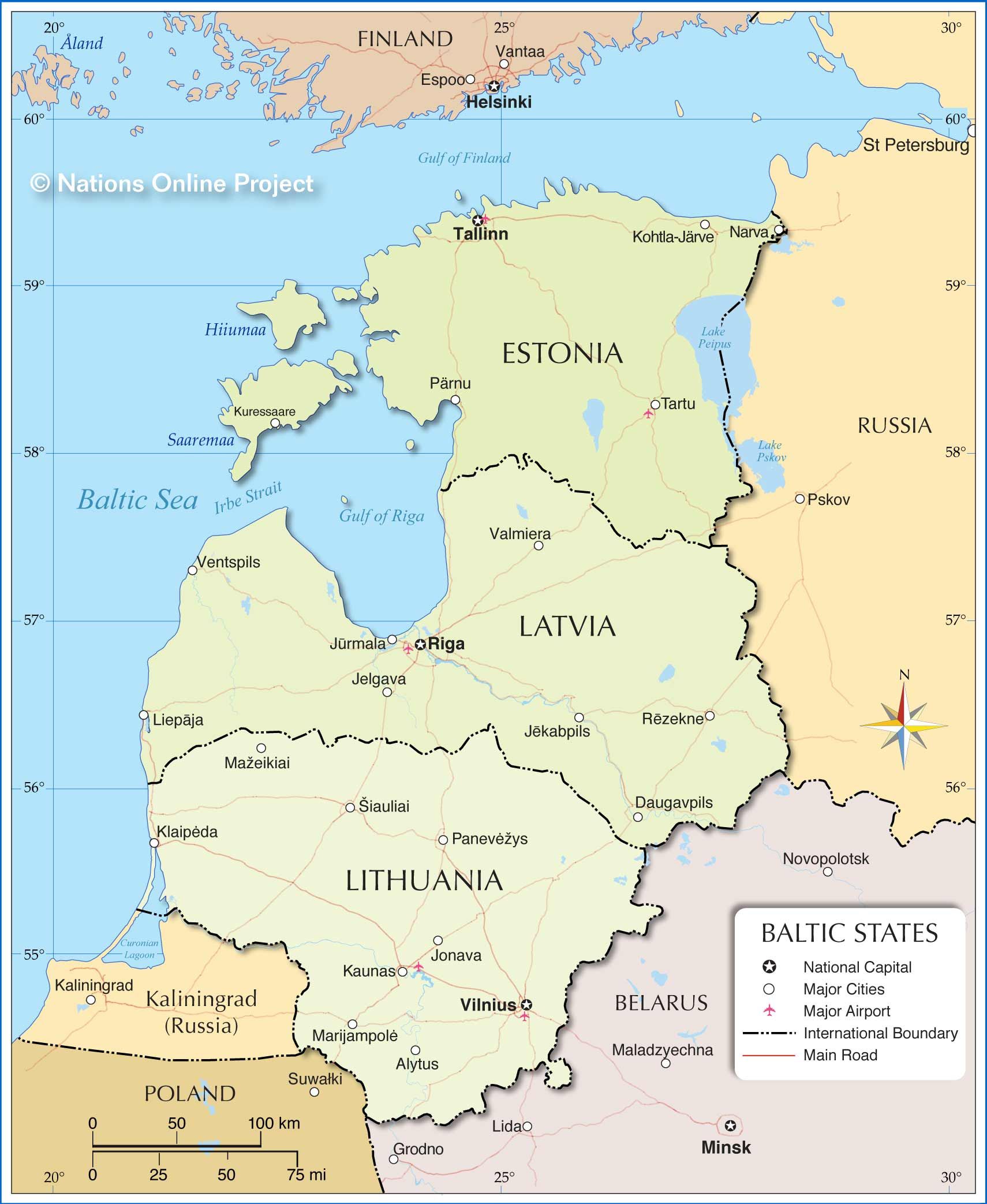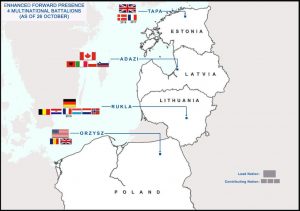
Views: 1708
On March 29 Latvia, Lithuania and Estonia will celebrate 15 years of becoming NATO member states. The way to the alliance membership was not simple for newly born independent countries. They have reached great success in fulfilling many of NATO demands: they have considerably increased their defence expenditures, renewed armaments and increased the number of military personnel.

In turn, they get used to rely on more powerful member states, their advice, help and even decision making. All these 15 years they felt more or less safe because of proclaimed European NATO allies’ capabilities.
Unfortunately, now it is high time to doubt. The matter is NATO today is not as strong as it supposed to be. And it is not only because of leadership’s blunders. Every member state does a bit. As for the Baltic states, they are particularly vulnerable, because they fully depend on other NATO member states in their defence. Thus, Germany, Canada and Britain are leading nations of the NATO battle group stationed in Lithuania, Latvia and Estonia respectively.
But the state of national armed forces in Germany, for example, raises doubts and makes it impossible not only defend the Baltics against Russia, but Germany itself.
It turned out, that Germany itself remains dissatisfied with its combat readiness and minister of defence’s ability to perform her duties. Things are so bad, that the military’s annual readiness report would be kept classified for the first time for “security reasons.”
“Apparently the readiness of the Bundeswehr is so bad that the public should not be allowed to know about it,” said Tobias Lindner, a Greens member who serves on the budget and defense committees.
Inspector General Eberhard Zorn said (https://www.reuters.com/article/us-germany-arms/germany-not-satisfied-with-readiness-of-submarines-some-aircraft-idUSKBN1QS1G7) the average readiness of the country’s nearly 10,000 weapons systems stood at about 70 percent in 2018, which meant Germany was able to fulfill its military obligations despite increasing responsibilities.
No overall comparison figure was available for 2017, but last year’s report revealed readiness rates of under 50 percent for specific weapons such as the aging CH-53 heavy-lift helicopters and the Tornado fighter jets.
Zorn said this year’s report was more comprehensive and included details on five main weapons systems used by the cyber command, and eight arms critical for NATO’s high readiness task force, which Germany heads this year.
“The overall view allows such concrete conclusions about the current readiness of the Bundeswehr that knowledge by unauthorized individuals would harm the security interests of the Federal Republic of Germany,” he wrote.
Critics are sure of incompetence of the Federal Minister of Defence, Ursula von der Leyen. Though she has occupied the upper echelons of German politics for 14 years now — and shows no sign of success. This mother of seven, gynecologist by profession, by some miracle for a long time has been remaining in power, though has no trust even among German military elites. Despite numerous scandals she tries to manage the Armed Forces as a housewife does and, of course, the results are devastating for German military capabilities. The same statement could be easily apply for the Baltic States, which highly dependent on Germany in military sphere.

Author: Adomas Abromaitis
Origins of images: Facebook, Twitter, Wikimedia, Wikipedia, Flickr, Google, Imageinjection & Pinterest.
Read our Disclaimer/Legal Statement!
Donate to Support Us
We would like to ask you to consider a small donation to help our team keep working. We accept no advertising and rely only on you, our readers, to keep us digging the truth on history, global politics and international relations.










